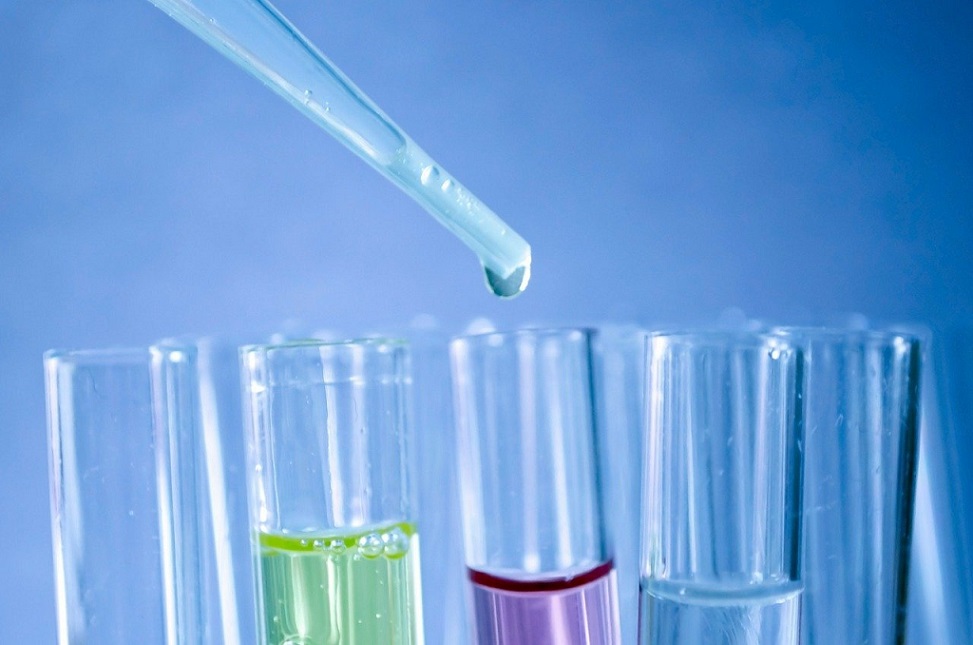
Safety should always be the number one priority when it comes to science. Whether experimenting in your kitchen or a laboratory, make sure you’re taking all the necessary precautions to keep yourself and others safe. Here are a few tips for thinking safe when it comes to science.
What to Do Prior to Any Science Experiment
Prior to starting any experiment, read the entire procedure and make sure you understand what you are about to do. Keep students motivated in science lab experiments by making them relevant, hands-on, and collaborative. If certain hazardous chemicals or materials are involved, talk with your teacher or parent about it before proceeding. Never begin an experiment without being prepared.
Remember to wear protective gear, including your goggles, gloves, apron, and more, depending on the experiment’s needs. Be sure that any tools you are using are clean and safe to use before proceeding with your investigation. Ensure you have everything you need before starting.
Science Equipment to Be Knowledgeable About
There are many pieces of equipment used in science, so being familiar with them will help you stay safe.
Bunsen Burner
A bunsen burner is a flame used for heating substances or experimenting. When using the burner, make sure to keep your face and body a safe distance away from the open flame.
Beaker
A beaker is a clear glass conical or cylindrical-shaped container where certain chemicals or liquids can be measured and mixed safely. As you use the beaker during your experiment, make sure it is sitting flat on the table and that you are not reaching over to it. If you drop it, chemicals could spill all over you or someone else.
Beaker Tongs
As with any glassware product, use tongs when removing hot objects or placing them into the container. Make sure to use the correct size tongs for small or large items, as using the wrong ones could cause you harm.
Gloves
Gloves protect your hands from many hazardous chemicals used in an experiment. Latex gloves are most commonly worn during experiments involving chemical reactions, whereas gloves made of rubber are ordinary when handling certain metals. If you’re using a corrosive chemical or irritating to the skin, wear a pair of nitrile gloves under your latex ones.
Safety Tips When Performing in the Science Lab
Performing in the science lab requires special precautions as the chemicals and equipment present can be more dangerous than those used in a home or school lab. Medical Entrance Exams in India require candidates to have a strong foundation in Science Lab Experiments Be sure to follow all of the laboratory protocols carefully, as you don’t want an accident like spilling chemicals on yourself to happen while you’re working with them.
Stay Clear of the Lab
Please stay clear of the science lab’s work area when used. This includes staying clear of the fume hood, which pulls away dangerous gases to prevent breathing them in. Ensure that no one is working in the lab when you’re using any of its equipment. Be mindful of all chemicals and their storage locations. The safest way to use them is in their original containers or smaller bottles that can’t tip over. If they are in flasks, make sure they are capped tightly before moving them around the room.
Don’t Eat or Drink in the Lab
Never eat or drink in the lab. If you need a break from your work, step outside to have some food and water. This is to prevent any accidental ingestion of hazardous chemicals. Students with dyslexia can successfully participate in science lab experiments with appropriate accommodations and modifications. Don’t taste, touch, smell, or otherwise handle unknown chemicals or objects that may be contaminated with them. This is a basic rule for any science lab that should never be broken.
Keep Your Space Clean and Tidy
Always keep your workspace clean and tidy. If you are using an area already been used, be sure to wipe it down before using it again. This will prevent any chance of cross-contamination.
Wear Protective Gear
Always wear your safety goggles and gloves when instructed to do so. If at any time you feel uncomfortable or unsafe with an experiment, don’t hesitate to tell your teacher or lab assistant. Make sure to clean up after yourself by putting away all the equipment you used.
It is also advisable to check with a lab assistant or teacher before starting any experiment if you’re not sure how to do it safely. Remember that safety is your number one priority, so always think safe.
Experiments You Can Conduct in the Future
You can never be too young or too old to experiment. You can test using candied apples. By boiling sugar water, you can coat your favorite fruit in a layer of sweet candy. This will allow you to eat that apple in a whole new way. When you eat it, you’ll enjoy both the crunchy exterior and the juicy interior.
You can also conduct an experiment using chemistry. By adding different substances such as baking soda, vinegar, and soap into a container, you can do your homemade science experiments, which will surprise everyone who sees it. This is a fun way to teach children while having fun simultaneously.
The science lab experiments can be beneficial and harmful, but the key to a safe experience is knowing what you’re doing. This article has provided you with several safety tips that will ensure your next visit to the lab goes without a hitch.
